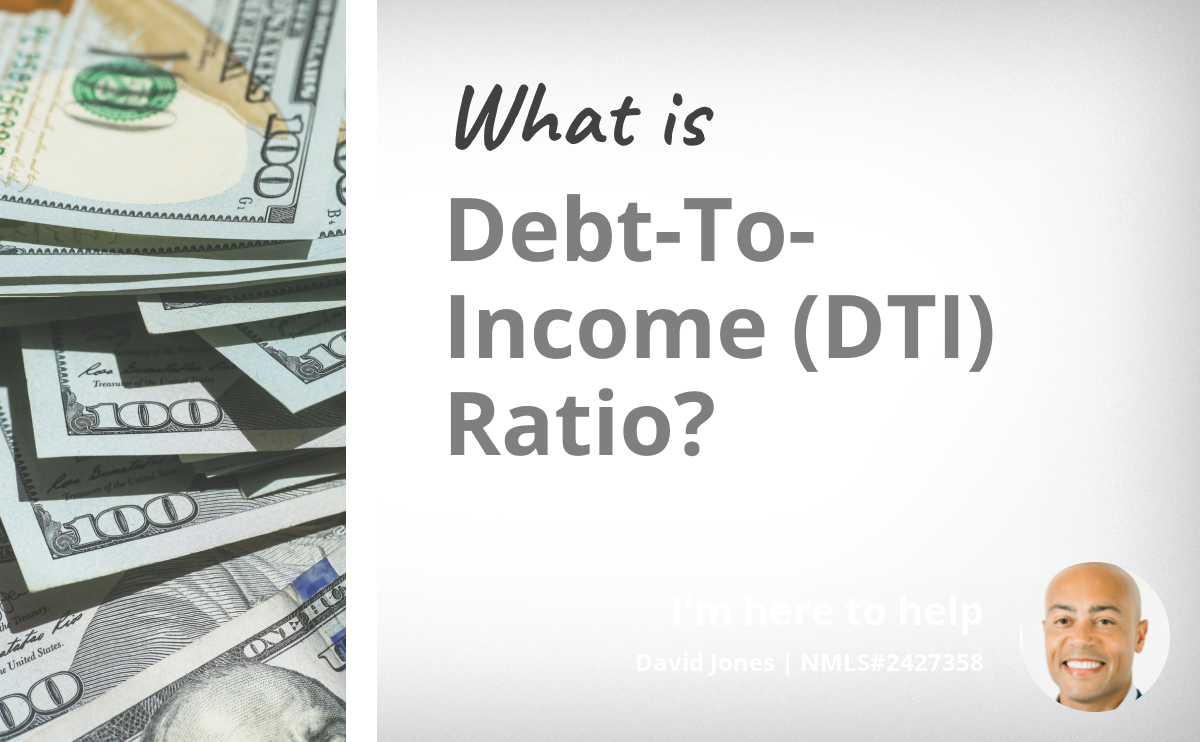
A debt-to-income (DTI) ratio is a crucial metric in the financial world, particularly for prospective homebuyers and lenders. It measures the percentage of a buyer's monthly income that goes towards paying debts.
This ratio helps lenders understand the portion of the buyer's income that is already committed to existing debts, providing insight into the buyer's financial health and ability to manage additional loan payments.
Lenders use the DTI ratio to assess the borrower's risk and determine what portion of the buyer's income remains available after all monthly obligations, such as mortgages, car loans, credit card payments, and other debts, are met. The calculation of the DTI ratio involves dividing the total monthly debt payments by the gross monthly income.
A lower DTI ratio indicates a healthier balance between debt and income, suggesting that the buyer is in a better position to take on additional financial commitments. Conversely, a higher DTI ratio may signal to lenders that the buyer has a significant portion of their income already tied up in debt payments, potentially making them a higher risk for new loans.
Generally, lenders prefer a DTI ratio of 36% or lower, though some may accept higher ratios depending on other factors such as credit score, down payment, and overall financial stability.
Advertisement only, not an offer, contract, promise or guarantee. All terms subject to approval based on applicable regulations. Full Realty Services Inc. / Century 21 Masters and 21st Century Lending. Broker lic. #01849354 NMLS 241835 David Jones CA DRE#02010233 NMLS 2427358 Equal housing lender.
